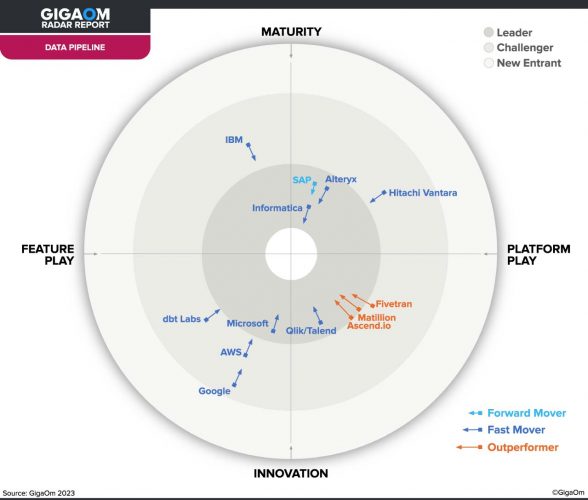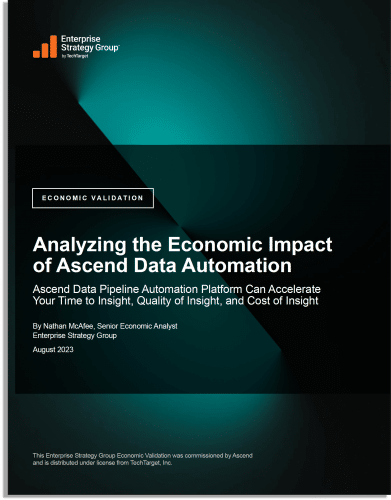DATA PIPELINE AUTOMATION
Build Data Pipelines 10x faster at 67% less cost.
Powering the world's best data teams, from next-generation startups to established enterprises.






Finally, one tool to rule them all.

Data Ingestion
Connect and ingest data to your lake or warehouse:
- 250+ pre-built connectors
- Custom python framework
- Support of all major CDC strategies

Data Transformation
Push-down SQL and Python to your favorite lake or warehouse:
- Simple, declarative paradigm
- Use rich UI or program thru your IDE
- Integrate fully into your current CI/CD practices
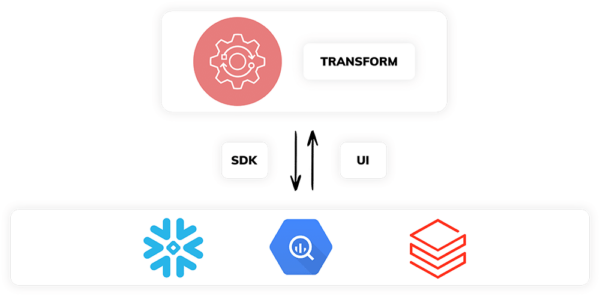
Reverse-ETL
Share data internally or externally with a few clicks:
- Pre-built connectors for external data activation
- Easy Publish/Subscribe across pipelines for data re-use
- Live Data Share to connect across different lakes, warehouses, and clouds
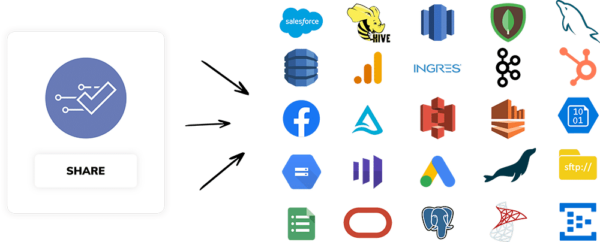
Data Orchestration
Dynamically generated orchestration as you build:
- Pipelines run when new data arrives
- Automatic change propagation throughout multiple linked pipelines
- End-to-end lineage across lakes and warehouses
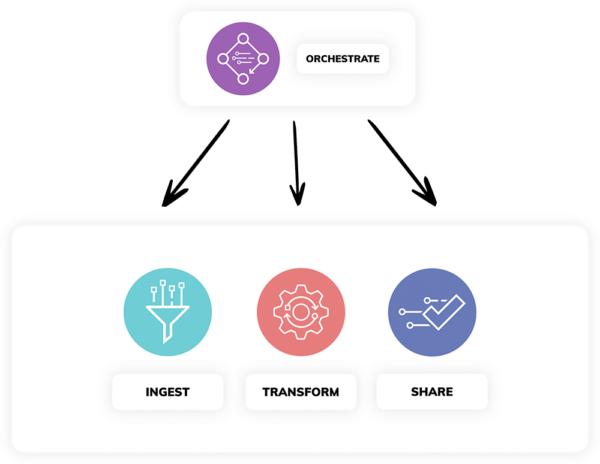
Consolidate Tools. Spend Less.


THE ASCEND DIFFERENCE
Get data pipeline superpowers from the world’s first DataAware™ control plane.

TIME BACK IN YOUR DAY
Ditch the maintenance, impact analysis, and change management of traditional pipelines.
LOTS OF MONEY SAVED
Automate data pipeline best practices and watch the savings rack up.
CONFIDENCE IN YOUR PIPELINES
Know what’s happening in your pipelines at every second with live UI updates and drilldowns for all your pipelines.
Don't just take our word for it...
Read the research.
Leader and Outperformer in the GigaOm Radar Report
Raising the Bar on Data Pipelines
Your roadmap to master the complex world of data pipelines:
- Discover top vendors and competitive differences.
- Understand key evaluation criteria for data pipeline software.
- Learn why Ascend stands as a beacon of innovation and performance.
GENERATING UP TO 2,781% ROI IN ESG THIRD-PARTY ANALYSIS
Get a 700% Increase in Data Engineering Productivity
Learn why Ascend customers are experiencing:
- 80% less effort to build data pipelines
- 25% of their time freed from maintaining the data stack every week
- At least $156k savings on data pipeline tools every year
Explore ways to connect with us — in a city or on a screen near you.
Our Thoughts on the Data Space

Introducing Project Inception: The Next Evolution in Data Automation
At Ascend, we believe it’s time to rethink data engineering from the ground up. As the world of data continues to evolve at a breakneck pace, we are thrilled to

The Symbiotic Relationship Between AI and Data Engineering
Explore the relationship between AI and data engineering: How do they impact each other, and what does the future of their collaboration look like?

AI Data Platform: Key Requirements for Fueling AI Initiatives
Unlock AI’s potential with the right data platform: Explore AI data platform requirements, cloud capabilities, and automation for innovation.
Get Started for Free
Play around with it first. Pay and add your team later.
Docs
Dive deeper into Ascend with our comprehensive developer docs. Explore now to level up your skills.
Release Notes
Check our release notes to explore new features and enhancements. Learn what's new today!
The DataAware Podcast
Join us as we explore trends, best practices, and real-world use cases. Stay informed, stay DataAware!
